According to Contently, 41% of inbound marketers struggle with the task of content creation. One of the biggest reasons for this is because they don’t know what to write about.
No matter what your niche or industry may be, there are countless blog post ideas that will make a lasting impact on your readers and customers. These ideas give you an edge over your competition and leave them wondering what content marketing hacks you’re using to attract clients and retain them.
The stakes are high. Low-quality content (never a good idea) is the major reason for getting a search engine penalty and a decrease in search rankings.
Conversely, when your blog post or evergreen content is highly useful and of high quality you’ll enjoy all of the benefits – accolades, links, traffic, brand improvement and an increased conversion rate. You’ll also become an authoritative voice (or influencer) in your industry.
So, if you’re ready to build a successful blog full of great content and make a living writing about what you’re passionate about, here are five strategies that you can use to steal ideas for your next blog post–and create content that will wow search engines and readers alike.
Strategy #1: Understanding Blog Writing
A well-researched and properly structured blog post can do wonders for your online business. I wouldn’t be where I am today, without content marketing.
I poured my energy into making sure that my readers always take something significant and valuable away from each blog post that I write.
Random musings on various topics will not grow your blog. You need a solid framework and a good content strategy to guide your efforts.
Since 2007, it’s been upward and onward for me. Of course, there have been challenges. But, once you put your customers first and understand that without making an impact in their lives through great content, you’ll soon be out of business.
Blogging isn’t supposed to be full of hype or gimmicks. This is one of the reasons why most internet marketers who create scammy, push-button content never succeed at blogging. Each blog post that you craft should provide something of value for your readers. Remember: this about them, not you.
When you’re creating content for your business, your focus should be to educate and nurture a loyal audience.
This is how successful bloggers, such as Guy Kawasaki, Chris Brogan, Seth Godin, Darren Rowse, Marie Forleo, Danny Iny become influential. They were ordinary people (and still are) just like you, but they learned how blogging works by internalizing the power and importance of producing valuable content.
If your blog content is useful and solves a specific problem for your users, they’ll be happy to share it. As a result, Google will index more of your content pages and send more targeted search visitors to your site. The result will be more leads and customers.
Note: You always have to measure results. That’s the only way to make smarter decisions that will grow your blog audience.
Forget about vanity metrics, like page views and search visitors.
Those things don’t matter, if those users are not joining your email list, buying your products or sharing your content. These are the actionable metrics that you have to measure consistently and over time. In the meantime, what matters is your potential customer or reader–and how you might make a difference in their lives.
Strategy #2: Get Ideas From Competitors
Why not spy on your competitors and learn from them? Sometimes, it’s a lot easier to stand on the shoulders of someone who is ahead of you in the game to become a killer content creator.
That’s exactly how Navid Moazzez grew his personal branding blog into a successful community. He started connecting, learning, auditing and questioning authority marketers who were his competitors. You can read his 2015 review here.
As a smart content marketer, you should stop perceiving other blogs and bloggers as your competition. Even though they may be up against you, you should instead befriend them.
That’s how I grew this blog to 80,000 monthly visitors and growing.
When you’re conducting a competitive analysis, focus on the social activities of your competitors, too. That way, you can easily map out strategies to complement and outsmart them.
Strategy #3: Extract Ideas from Non-Internet Marketing Publications
Blog post ideas aren’t the exclusive provenance of the web.
Despite the decline of print journalism, the newspaper and magazine industry still enjoys great loyalty from readers. According to Statistica, on average, people in the U.S. spend 21.7 minutes each day reading newspapers. And, on an annual basis, U.S. consumers spend $44.41 on newspapers.
In fact, publications like USA Today and the Chicago Tribune can be a great source of ideas for bloggers.
If you’re in the internet marketing industry, you may struggle to always generate viable and unique content ideas. Becoming a consistent content creator–that can be tough and I understand how it feels. In fact, it used to one of my biggest challenges.
But, the good news is that you can make your mark and become a trusted authority, if you can think outside the proverbial box. New ideas can make an awesome blog post topic. That’s how I’ve been able to boost my search traffic by 6.9%.
Offline and online newspaper circulation is actually increasing. For example, State Of The Media found that in September 2012, The New York Times’ total circulation went up by 40% – the result of more than 600,000 digital subscriptions.
Some other non-internet marketing magazines that can help give you ideas for your blog posts are Women’s Health, Yoga, Men’s Health, Eating Well, Shine and similar publications. If nothing else, scan the headlines. A title might inspire tomorrow’s blog post.
1). Check for recent publications: Some of these magazines publish quarterly, while others publish monthly. Check for recent publications, because the world is constantly changing and you only want recent and current information.
I’m sure you prefer to read blogs that are regularly updated with useful content, rather than blogs that are dormant. And, you may have noticed that publishing content regularly means that your search traffic increases, too.
The same is true of publications. Issuu, a digital publishing platform, contains current issues of hundreds of magazines and online publications.
Fresh content that’s based on current trends and new developments will always get you initial traction online. If you’re smart, you can later repurpose the content to attract offline users.
2). Study their magazine cover headlines: Once you’ve identified the recent publications, it’s time to study their headlines. Here’s what David Ogilvy said about headlines:
Most of my headlines have garnered over 1000 comments and social shares. Take a look at this one:
The headline is critical to the success of your copy, blog posts, and information products, such as ebooks, ecourses, software and so on. Motion Media increased search traffic by 157%, in part by focusing on writing powerful and clickable headlines.
According to copywriter Ted Nicholas, 73% of all consumer purchasing decisions are made at the point of the headline. If you can write a great headline that persuades people to click, you’ll ultimately increase your conversion rate.
Effective search engine optimization also begins at the headline, after you have researched long-tail keywords, assuming you want to quickly see organic traffic.
By studying magazine covers, you can generate lots of headline ideas, blog post ideas and even models for the style and structure of your blog posts. So, let’s study some magazine covers:
Step #1: Go to Issuu.com. Click on one of the magazine covers and study it.
Step #2: Study the headline. Look at the structure, then model it to create a better headline for your blog.
The two powerful headlines on the cover above are:
- Power Up Your Linux Skills: The Kernel ~ Networks ~ Servers ~ Hardware
- 180 Pages of Tutorials: Master New Skills You Can Apply to Any Project
Now, let’s create some unique blog post headlines from the ones above. Let’s assume that you’re a search engine expert and your target audience consists of small business owners, Fortune 500 companies and professionals. You could use these headlines:
Magazine headline: Power Up Your Linux Skills: The Kernel ~ Networks ~ Servers ~ Hardware
Fresh blog post headlines:
- How To Power Up Your Search Engine Traffic By 113%
- Six Steps to Power Up Your Web Design for Search Users
- 25 Ways to Power Up Your Organic Click-Through Rate Faster
Initial headline: 180 Pages Of Tutorials: Master New Skills You Can Apply to Any Project
Unique and clickable headlines:
- 59 Conversion Rate Optimization Tools You Have Neglected
- 30 Pages of Long-Tail Search Tutorials to Drive More Traffic
- 12 Pages of SEO Tutorials to Help You Master New Skills
Alternatively, you can also check the magazine covers at Magazines.com for well-crafted headlines, especially Reader’s Digest Magazine.
Using the magazine cover above as inspiration, here are a few great blog post ideas:
Original headline: The Most Heroic Dogs in America
Variations:
- The Most Powerful Social Media Strategy in 2015
- The Most Influential Content Marketers on the Web
Original headline: I Owe It All to Community College
Variations:
- I Owe My Blogging Success to These 3 Simple Secrets
- I Owe My SEO Success to These Keyword Research Techniques
Original headline: 13 Things Gyms Won’t Tell You
Variations:
- 13 Things Content Marketing Experts Won’t Tell You
- 13 Things Search Engine Optimization Experts Won’t Tell You
Original headline: A Day in the Life of Your Feet
Variations:
- A Day in the Life of a Blogger Who Wants More Search Traffic
- A Day in the Life of a Struggling Small Business Owner
3). Flip through the pages to get ideas: If you’re not satisfied with the ideas on the magazine cover, don’t give up.
Simply flip through the magazine, by clicking the right arrow icon and explore the publication. Keep flipping until you get some workable ideas.
While flipping through an Android SmartWatch publication, I stumbled on this:
No matter what your topic is, the idea above can help you craft a better headline for your blog post. Let’s do it:
Getting Started: Control Your Life With Voice Commands
- How to Take Control of Your Blog Visitors With Social Media Tools
- Getting Started: Control How Much Your Blog Earns With My Fail-Proof Secret
4). Reverse-engineer topics to suit your audience: Make sure to align topics to suit your readers, because 99% of the specific topics that you’ll get from non-internet marketing publications will definitely not be suitable for your audience.
You may have noticed that the headlines from the magazine covers were templates for me. This is how I create most of the headlines for my blog posts – it definitely works.
A good idea is to use analogy to create powerful headlines. For example, I just created one at QuickSprout, where I leveraged Instagram celebrities. Take a look:
John’s Waste and Recycling significantly increased their search traffic, by conducting keyword analysis, incorporating social media and creating awesome content.
Content that’s full of anecdotes, guides and analogies increased their lead generation rate, because the content appealed to their target audience. Take a look at their growth rate:
Another site that uses analogy in their blog posts is Montreal Blog. Virtually all of their popular blog posts include analogy.
And finally, Golf understands the power of using comparisons in their blog posts. Take a close look at this:
Strategy #4: Niche-Specific Kindle Books
Kindle books are a great source of blog post ideas.
However, there are millions of published books out there, which poses a big challenge – especially when you don’t have a guideline to follow. But, if you forget about the mainstream niches and dig deeper, you’ll get better results.
And, make no mistake: the competition is getting even stiffer in mainstream niches.
A whopping 6.7 million people write and publish new blogs on blogging platforms and another 12 million people actively publish new blogs using social media networks. In 2013, 128 million Americans read blogs and that figure just keeps increasing.
It doesn’t matter what your industry is – there are a lot of other people who want a slice of the profit, too. But, you can still make a huge impact in a smaller niche. There is so much profit to make from small niches.
Whether you’re a professional golfer, a personal trainer, a public speaker or a CPA, you can and should use smart marketing to scale the hurdle. This is why targeting a smaller sub-market is important.
More people now read ebooks with their ebook readers. A recent survey, by Scriptorium, was sent to 78 respondents and showed that 48.2% of them prefer to read Kindle ebooks.
Before you can successfully get ideas from Kindle books, you have to “niche down” and understand what Kindle books are made of, in terms of the research that goes into producing a bestseller.
1). Understand Kindle books: Steve J. Scott is an expert Kindle publisher. He’s published over 20 books, which include Bad Habits No More, Level Up Your Day, Daily Inbox Zero and How to Write a Nonfiction Book in 21 Days.
Each of these books took lots of time to brainstorm, research, write and format. What readers are familiar with is how useful the content is and not the effort that went into bringing them to life.
As a blogger, you can take advantage of this, by leveraging the hard work of an influential marketer. For example, consider your favorite blogs. Trust me: those blogs don’t always publish in-depth and practical content.
But, if you can find a Kindle book written by the same expert, you can tap into their vast knowledge base to help you write more powerful blog posts.
You may well stumble upon some insanely useful ideas that will blow your readers’ minds, because you’re standing on the shoulders of a successful and reputable marketer who is passionate about the niche.
Bear in mind that not all Kindle books are well-researched. I’ve come across Kindle authors who are busy traveling the world, but they still generate passive income from their Kindle books. It begs the question of how they managed to write over 50 books … and the answer is “outsourcing.”
Sure, outsourcing your writing could work for you. But, don’t outsource all of it, especially when you want to share personal case studies or stories. Social media outsourcing is on the rise, as well, because of the time it saves business owners.
As a result, you should only use Kindle books from authors who you trust and hold in high esteem. If their blogs or advice have helped you in your business or your life, in any special way, their Kindle books are worth checking out.
Look for Kindle books in the $2.99 – $9.99 range. I’ve found that ebooks that are more expensive tend to contain better researched content. And, customers are not bothered by price, because 60% of consumers will pay more for a better customer experience.
2). Preview Kindle books: The easiest way to steal (get) ideas for your next blog post from Kindle books is to preview the first few pages, as well as its table of contents. Of course, if the book is truly helpful, you should simply buy it and read it. But, you don’t always have to, if you’re just going to use it for blog post inspiration.
Time is the ultimate scarce resource. So, before you buy and commit to reading it through, just preview it.
Here are the steps to extracting blog post ideas from a Kindle book:
Step one: Visit Amazon.com. In the search box, type your main topic, remembering to keep your niche narrow. Instead of typing “internet marketing” into the box, focus on the topic that you want to write about – e.g., email marketing.
Step two: Select one of the books. Just click on it and you’ll be taken to the book’s product page.
Note: The book above was written by Chad White, with a foreword written by Jay Baer; both are influential content marketers.
Step three: Preview the book. Simply click the image, to preview the table of contents and the first 3 – 5 pages.
Step four: Extract blog post ideas. Flip through the preview pages and table of contents for viable ideas that would make a great blog post.
Here are ideas from the table of contents:
Note: You are not allowed to outright copy what someone else created. That’s plagiarism and copyright infringement and could get you into serious trouble. But, you can learn from the headlines and make yours unique, better and more clickable.
Killer headlines with numbers generate more clicks and more engagement for content marketers, especially when you use storytelling to share a case study or experiment.
Let’s create some headline ideas from the table of contents:
The Currency of Modern Marketing
- The Currency of Blogging to Attract Leads is Long-Tail Keywords
- The Currency of Social Media Marketing That You Didn’t Know
The Rule That Separates Legitimate Marketers From Spammers
- The Rule That Separates 6 Figure Internet Marketers from 5 Figure Earners
- The Rule That Separates Authority Content Marketers From Strugglers
3). Check marketing statistics: To effectively build your personal brand, you’ve got to consistently produce data-driven content.
You may not have all the time in the world to carry out the research yourself, but you can leverage what other people have done.
The first strategy you should consider is using infographics. Infographics, which have been a major source for driving search and social media traffic to KISSmetrics and QuickSprout, usually contain a lot of marketing statistics.
For example, the section of the infographic below contains viable marketing statistics that you can leverage to create a data-driven blog post and to position yourself as an authoritative voice in your industry.
The marketing statistics above read:
Contextual Link Has 5 – 10x More Ranking Power Than the Author Bio Link
Now, let’s craft a few headlines that have the above data in them:
- 5 Effective Ways to Increase Search Rankings by 10% With Contextual Links
- Contextual Linking Strategy: How to Boost Search Rankings by 7% in 30 Days
- 30 Experts Share Their Contextual Linking Strategy [Get a 6% Search Ranking Boost]
- How You Can Increase Search Traffic by 9% in 42 Days
Let’s get some more blog post ideas from AdWeek’s infographic below:
From the infographic above, you can extract the data/statistics below:
52x Average Increase in Reach When Social Posts are Syndicated by Your Channel Partners
Let’s leverage the above statistics to create some social media headlines that would make for great blog posts:
- How to Increase Your Social Media Reach by 52%
- Case Study: How I Reach 52x More Customers on Social Media Networks
- 10 Smart Ways to Reach 52x More of Your Social Media Audience Easily
Beyond extracting marketing data from infographics, you should also check out marketing blogs that frequently mail out survey questionnaires to their users and conduct studies or experiments. An example is HubSpot’s marketing statistics page:
You may want to check out Yahoo Small Business Marketing Statistics, too:
You can share results, conversion rates and experiences that other people generated from a particular marketing campaign. For example, Rand Fishkin of Moz generated a 170% increase in sales, by using the services of Conversion Rate Experts.
Don’t just skim the above statistics – leverage them to create a data-driven blog post headline and content for your users. Carefully read the case study to identify the challenge, the goal, the implemented strategies and the results.
Share everything and link to the main case study. Your readers will love this type of post, because it’s relatable and contains actionable ideas that they can put to work instantly. ACTion changes things.
Let’s extract some blog post ideas from Rand Fishkin’s “170% increase in sales.”
- How to Increase Your Sales By 170% Through Competitor Analysis
- Step-by-Step Guide to Increase Sales By 170% in 3 Months
- The Beginner’s Guide to Increasing Online Sales by 170%
Strategy #5: Mainstream Platforms
I’m sure that, by now, your head is swimming in ideas for your next blog post. Well, there is one more strategy to consider – mainstream platforms.
You have to frequent platforms that share articles, news items and where community activity is going on. You also have to consider social media platforms, especially Facebook, the #1 source of social media traffic.
We’ll be taking a deep dive into active blogs. They can give you lots of different viable ideas for your blog posts.
Remember that if you don’t have enough time to read other blogs and social media networks, in order to generate blog post ideas, you can always outsource the task. The majority of your fellow marketers are doing it.
1). Industry and influencer blogs: Why do you ever need to struggle to find great ideas for your blog, when industry and influencer blogs have everything that you need? According to Nichevertising, 52% of top influencers run more than one blog. This means that you should never worry about what to write.
Before I show you how to extract ideas from industry blogs, let’s clarify what we mean by “influencer.”
The above definition gives us an idea, but it doesn’t cover everything about an “influencer.” An influencer commands attention. They’re usually very popular in their industry and whatever they write about becomes a popular best practice.
According to Lee Odden of TopRankBlog, “an influencer creates popularity.” An influencer can think of something or carry out an experiment and, before you know it, that idea becomes a popular keyword. An example is the “content upgrade,” by Brian Dean. See how many search variations this term now has:
Remember that industry and influencer blogs have social media power, as well. They generate thousands of social shares for every piece of content that they publish.
If you’re not sure who the influencers are in your niche, use Buzzsumo.
In the search box, plug in your main keyword (e.g., list building). Click the “Go” button:
Below are the industry and authority blogs on list building that you can learn from:
So, when you’re looking for great ideas for your next blog post, you can check out the industry blogs with the most shared content, such as:
- Problogger
- Bufferapp
- Copyblogger
- Search Engine Journal
- Backlinko
- Quicksprout
- Moz
- Content Marketing Institute
- Convince and Convert
And so on.
2). Getting blog writing ideas from industry blogs: Having identified the influencer blogs that are updated regularly with useful and well-researched content, it’s time to explore those blogs.
Here’s a typical example: When you visit Copyblogger and click on any of their recent blog posts or podcasts, look at the sidebar and you’ll find archived posts. Like this:
Great and magnetic headlines abound, in the sidebar above. Don’t reinvent the wheel, by trying to create an exceptional blog post headline from scratch. I learned many SEO copywriting skills from Brian Clark (founder) and other contributors.
Some of the headlines mentioned in the sidebar are:
- A Brief Guide to Fixing Your Old, Neglected, and Broken Content
- How to Create a Deep Connection with Your Prospects and Customers
- 7 Steps That Will Hook Your Audience Through the Magnetic Force of Fascination
- Do Lower Prices Lead to More Sales?
Here are some of the headlines that I just created from the ones above, without copying them outright:
- A Brief Guide to Fixing Your Email Opt-in Box and Getting More Subscribers
- How to Create a Deep Connection With New and Repeat Blog Readers
- 7 Steps That Will Hook Your Customers as They Read Your Copy
- Does High Bounce Rate Lead to Low Click-Through Rate?
What about Moz’s recent blog posts? How can you take one of their headlines and craft a more clickable one, without stepping on anyone’s toes?
The catchy blog post headlines above, along with some uniquely crafted ones, are:
- The Nifty Guide to Local Content Strategy and Marketing
- Google Told Me I’m Pregnant: From Strings to Diagnosis
Note: One technique for crafting your own headlines from model headlines is to substitute synonyms for specific words.
- The Agile Guide to Local Email Marketing Strategy
- The Effective Guide to Local Content Strategy for Marketers
- Amazon Told Me I’m Pregnant: From Being an Affiliate to Being a 5 Figure Kindle Publisher
When it comes to social media and connecting with influential entrepreneurs, LinkedIn is the best place to go. LinkedIn has lots of members who are active business entrepreneurs.
I found that LinkedIn members are emotionally driven, considering that many of them are business owners and professionals. And, the platform is producing great results for lead generation and acquiring clients. For example, Josh Turner got a 447% ROI, by leveraging LinkedIn.
3). Subscribe to insider email lists: Many A-list bloggers, apart from sending their latest blog posts, also send great tips to help you drive traffic, as well as private case studies that they won’t share on their blog. You can get lots of great ideas to grow your blog, by subscribing to their email lists.
I’ve been on Derek Halpern’s email list for some time and it’s been a great resource. He just redesigned his homepage to make room for you, if you want to join and learn how to turn cold traffic into customers.
Depending on your industry, you’ll always find authority bloggers who know their stuff. You should definitely subscribe to their lists. Ideally, create a new Gmail account and use that email address solely for this purpose. Then, you can avoid getting your official or primary email choked up with newsletters and offers, while building a great collection of ideas.
Of course, there are also topic-specific email lists that you can join. For example, if you’re interested in creating digital products that sell, subscribing to David Siteman’s list, via his blog, “The Rise To The Top,” may help you learn the pros and cons of digital product marketing.
Or, if you want to increase your search traffic and stay up to date with recent happenings in the SEO world, my own email list or Moz will do (or both).
If you want to learn about conversion rate optimization, and how to conduct A/B split testing, starting from the scratch, authority sites, such as ConversionXL, Conversion Scientist and Optimizely will come in handy.
If you want to learn about customers and how to create a great experience for them, Help Scout and Shopify are your best bets.
And last, but not least, if you want to learn about affiliate marketing or create awesome content based on what’s working right now, you may want to opt-in to Charles Ngo’s blog. Charles talks about legitimate ways to get traffic, such as buying traffic through retargeting, Facebook and Twitter. His strategies don’t use hype, in any way.
4). Attend marketing conferences and events: It’s time to get off your blog and mingle with other people. According to Convention Industry, “Over 200 million people in the U.S.A. attend conferences, trade shows, incentive events, exhibitions and business meetings every year.”
Everyone needs inspiration. Inspiration is like the fuel that powers your engine. Anytime you lack inspiration, you’ve got to refill your creative tank.
Attending workshops, conferences, and seminars that cover specific niches such as SEO, social media, branding, digital marketing or content marketing can do just that for you.
Marketing conferences that I’ve attended since I started out have been quite impactful. Of course, some of them are a total waste of time and money, but a handful of them will inspire your creativity – and help you to think outside the box.
You’ll find several examples of blog posts where the author shared their experiences from a particular conference. For example, Matt Sweetwood published an article on LinkedIn on the 1st of April, 2015. So far, the post has generated over 900 views and hundreds of social shares.
Remember to have your pen and paper with you, so that you can jot down ideas during a keynote session. You don’t want to miss out on any thoughts or ideas as they occur to you. Write them down, because one of them could even form the basis for your blogging career – you never can tell.
Another example: the 7 lessons that Steve Heller learned from attending the world’s largest 3D printing conference:
Strategy #6: Measure the Impact of Your Blog Content
Make sure you consistently measure your impact. This habit can help you decide whether or not to move on to a new type of content or niche.
For example, when I started creating and promoting infographics, my goal was to increase search traffic and social shares with detailed content.
I needed to add some visual marketing to my arsenal and it worked. Within 2 years, I’ve increased KISSmetric’s blog traffic to 100,000 per month. By my measure, infographics contributed about 65% of this monthly traffic.
So, make sure that you’ve set a specified time frame to gauge your results. If you’re writing case studies and they don’t increase your search, social, and direct traffic after a time, go back to the drawing board.
Every marketing activity that you engage in should improve your conversion rate, either directly or indirectly. It may not happen overnight, which is why you must monitor your Google Analytics dashboard over time.
Conclusion
As you can see, it’s really not too difficult to generate blog post ideas. If you can implement just one of the strategies mentioned in this in-depth post, you can find more than a year’s worth of ideas to keep your readers engaged.
As long as your audience is engaged, you’ll get more social shares and comments and a higher engagement rate.
But, no matter where you get your blog writing ideas from and how powerful those ideas seem, you need to be consistent. Create content–and valuable content at that–and do so regularly. Then, be patient. Don’t expect overnight results.
If you see thousands of visitors to your blog in one day, celebrate it. But don’t stop there.
Find out what made it possible. Then, replicate the same strategy. Blogging success is all about discovery. Each day, you can discover new ways to write better content that will appeal to your customers, as well as search engines.
How else do you discover blog post ideas? What’s your secret to writing high quality content on a regular basis?

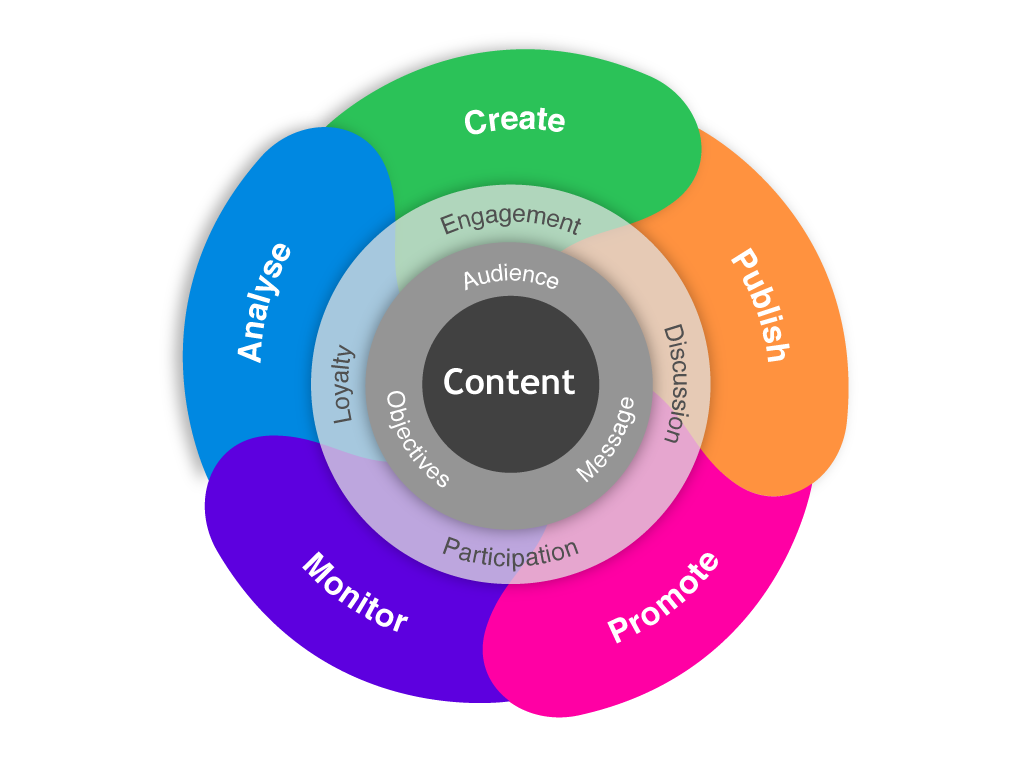
















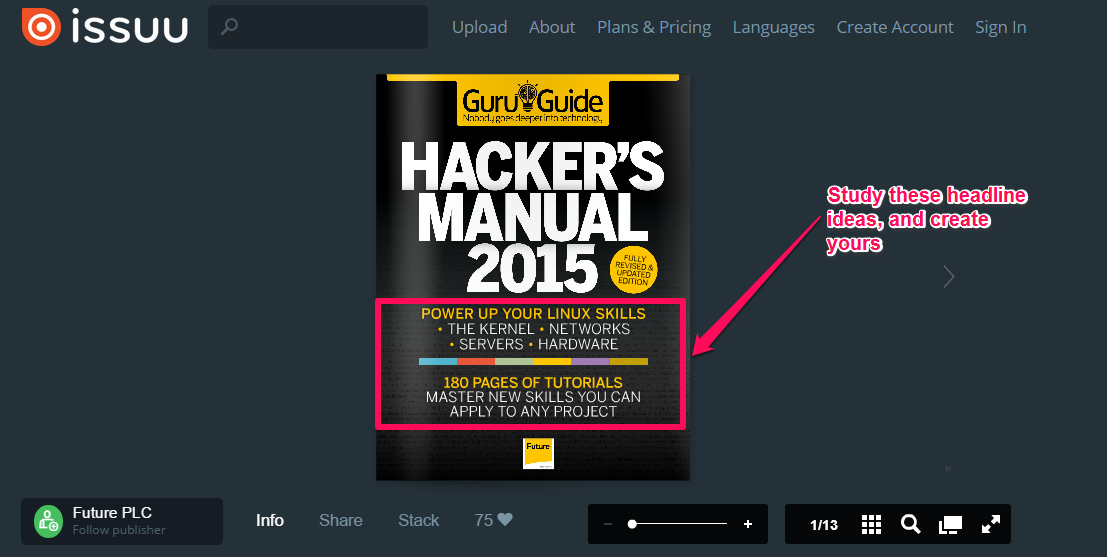

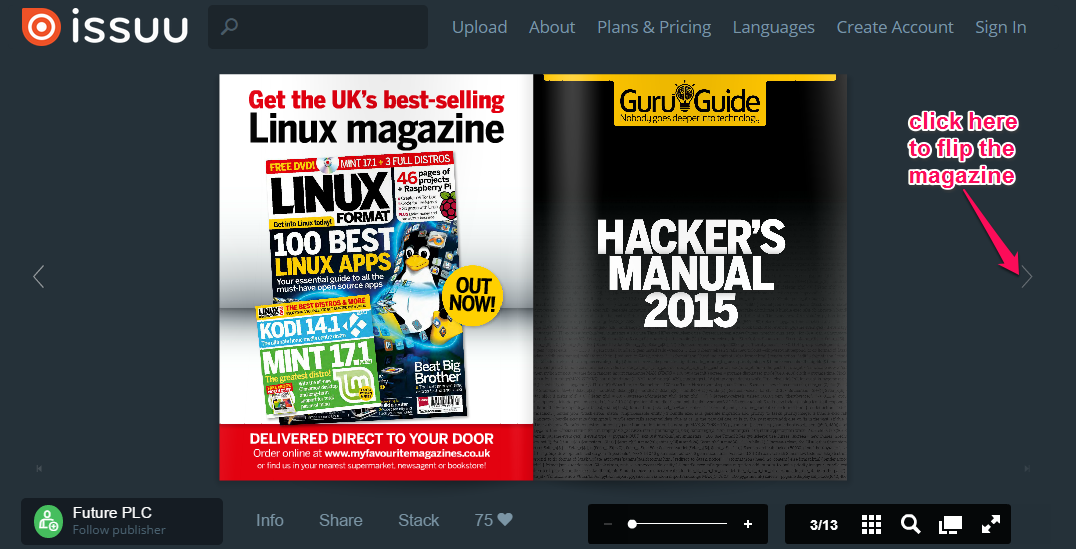



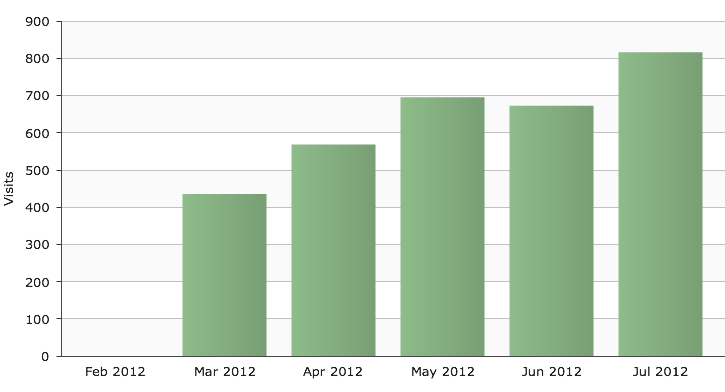




















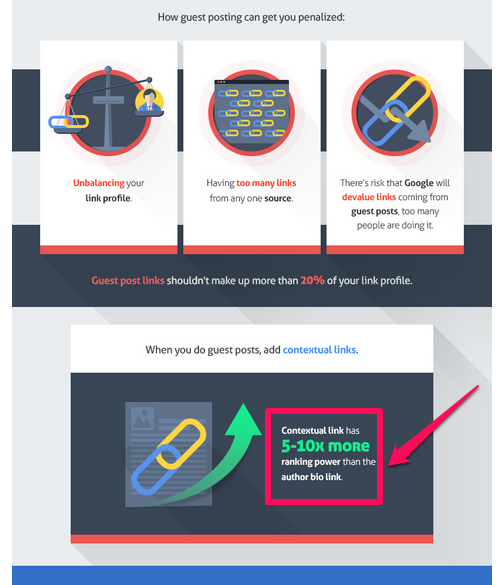

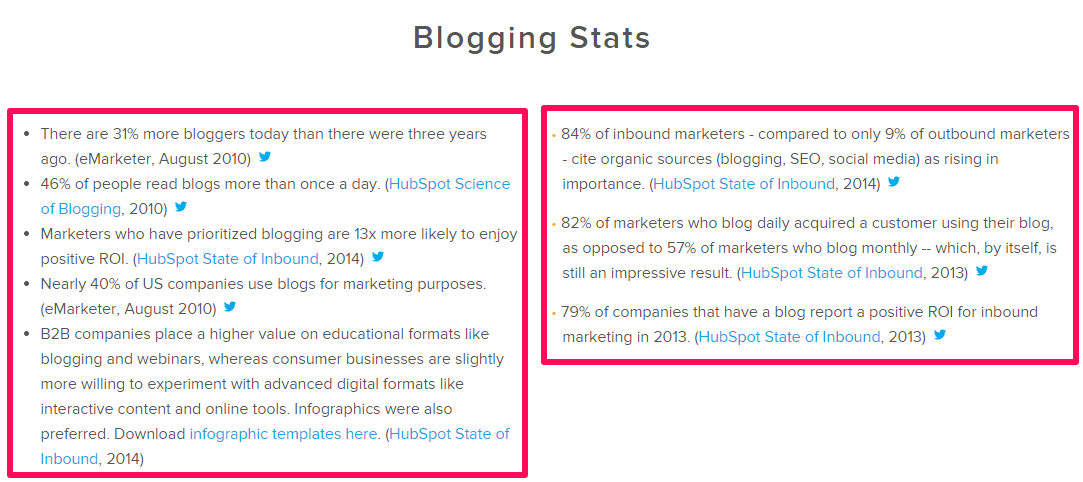
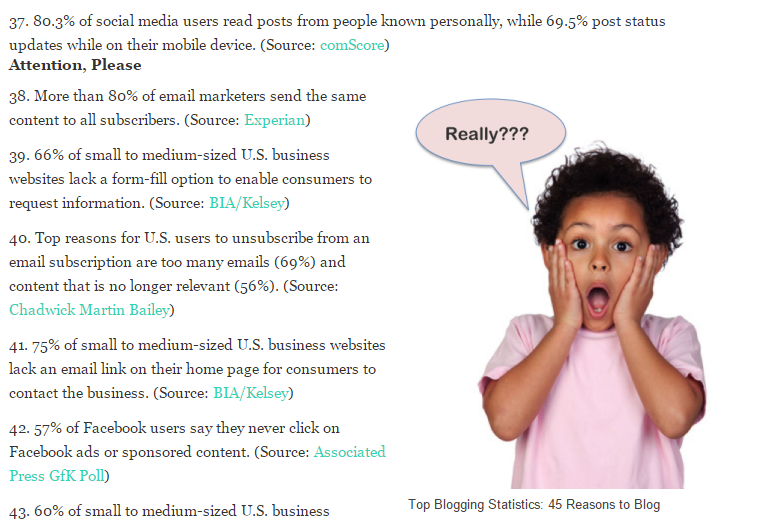










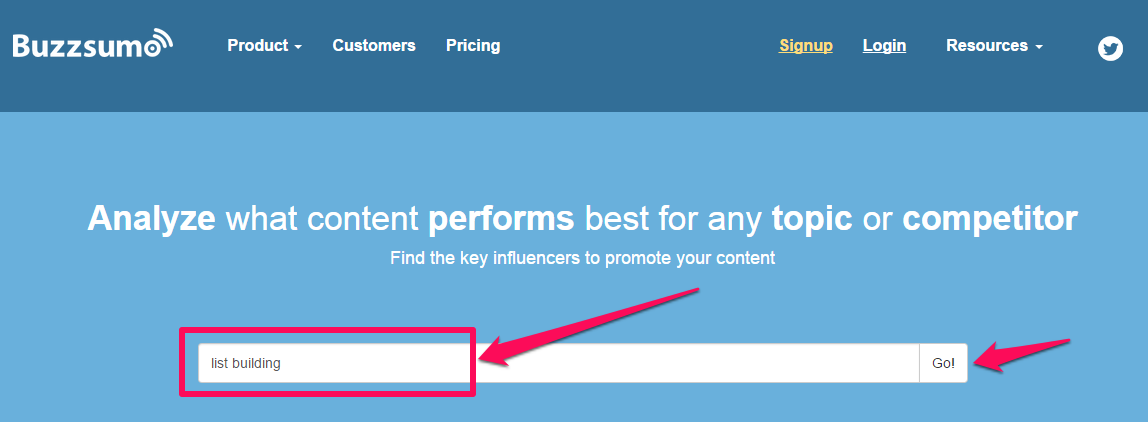




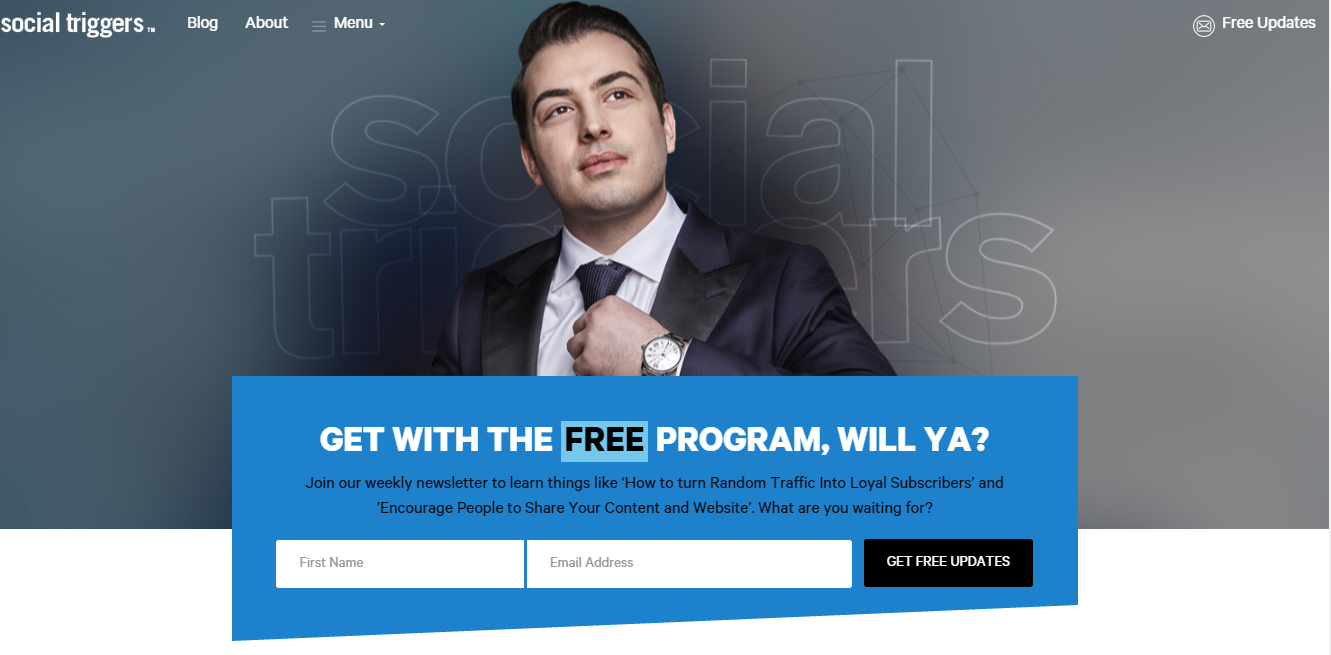

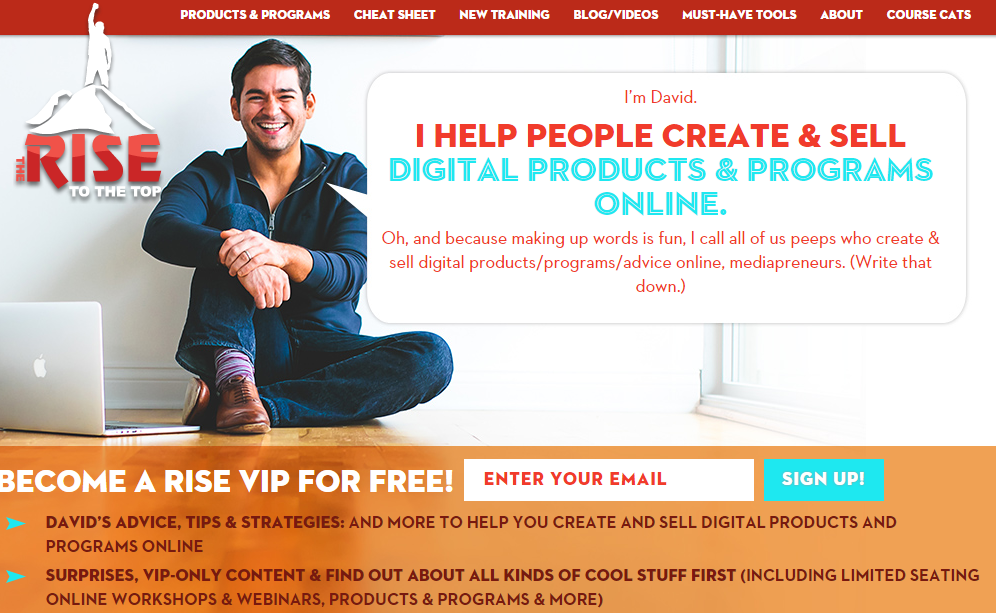

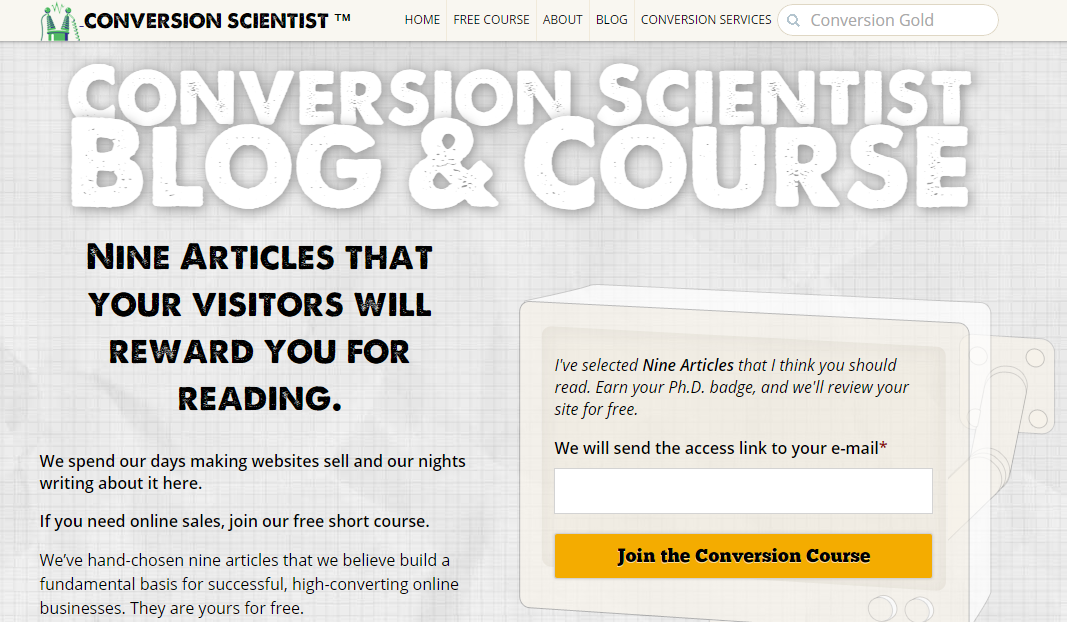
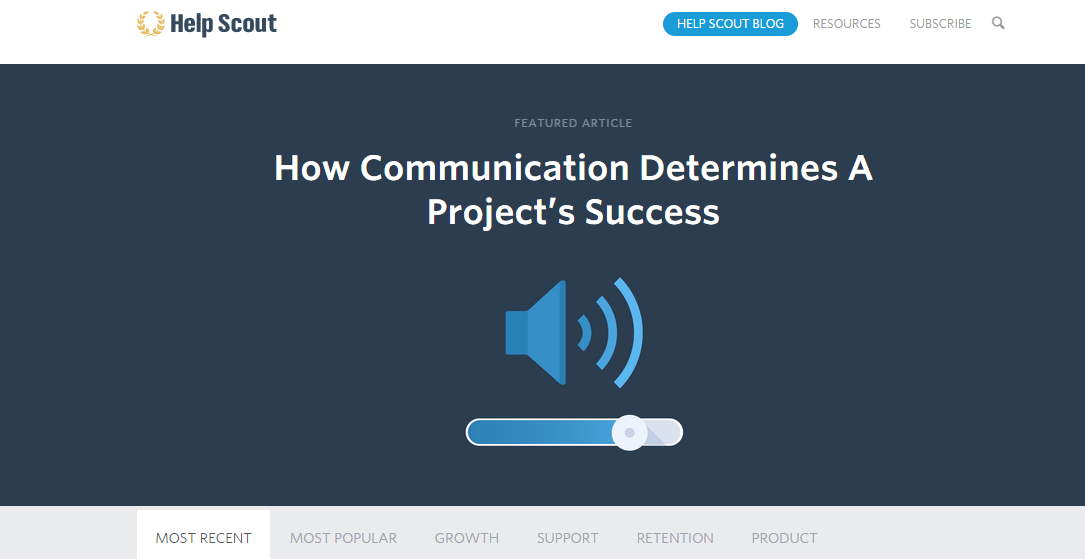







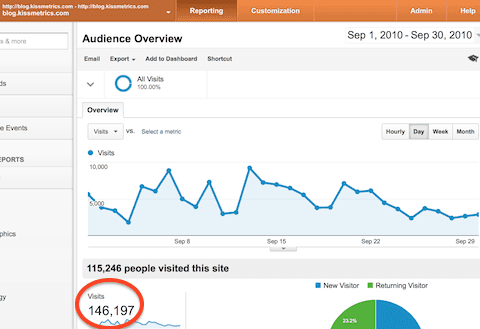

Comments (98)